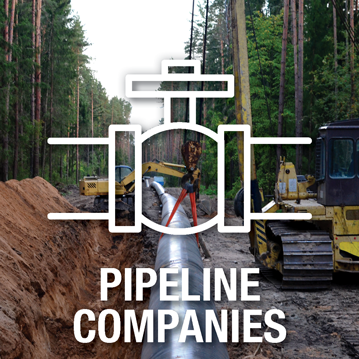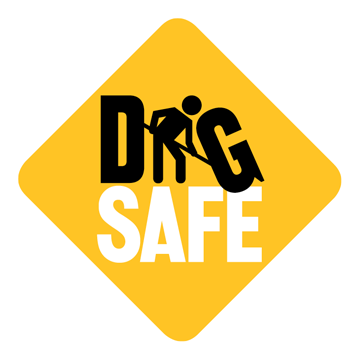Damage prevention

Prevent damage to pipelines and power lines
CER regulations apply to any activity that disturbs the soil near federally regulated pipelines or federally regulated power lines.
Everyone is responsible for preventing damage. To be safe near buried pipes and cables:
- Learn where the pipelines are in your area: look for marker signs and check land records for easements.
- Go to Click Before You Dig or call a one-call notification service in your area to have a technician mark the exact location of buried pipes and cables.
- Plan ahead. It takes time to get pipelines located and to get consent from the pipeline and power line company if needed.
Who this is for
Click the images below to visit the pages.
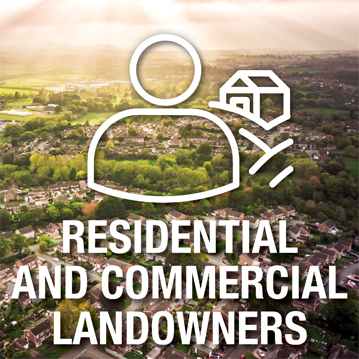
See more information about this page...
This page is for: landowners (residential and commercial), residents, lease holders, Indigenous rights holders, and any others with property rights near pipelines.
Activities: digging, trenching, fencing, tree planting, operating vehicles, building structures.
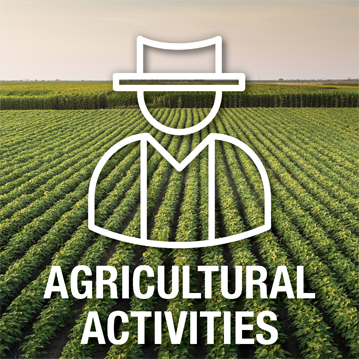
See more information about this page...
This page is for: farmers, ranchers, market gardeners, tree farmers, sod growers, landscapers, orchardists, vineyard operators, and other agricultural producers.
Activities: deep tillage, tilling, laser-levelling, sub-soiling, building fences, installing irrigation.
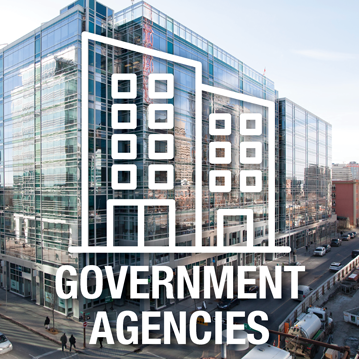
See more information about this page...
This page is for municipalities, counties, Indigenous governing bodies, and any other local, provincial, or federal agencies
Activities: road building, trenching, ditching, fencing, building water and sewage utilities, tree planting, drainage projects, ploughed-in pipe, horizontal directional drilling, approving large construction projects
Preventing damage to International and Interprovincial Power Lines

For companies operating international or interprovincial power lines...
Find regulations on this page.
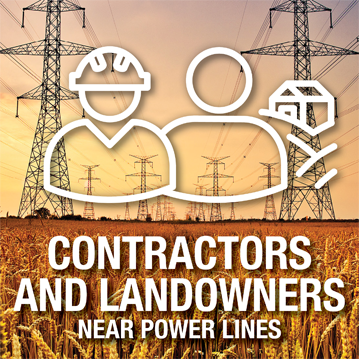
For anyone who lives and works near interprovincial or international power lines...
Activities: building roads, building or maintaining water and sewage utilities, building drainage projects, ploughed-in pipe, horizontal directional drilling, planting trees, building fences, installing utility poles, crossing a right of way or power line off a public road or highway with vehicles or mobile equipment, building or maintaining facilities.
Damage Prevention to Pipelines
Working in the prescribed area: what you need to know
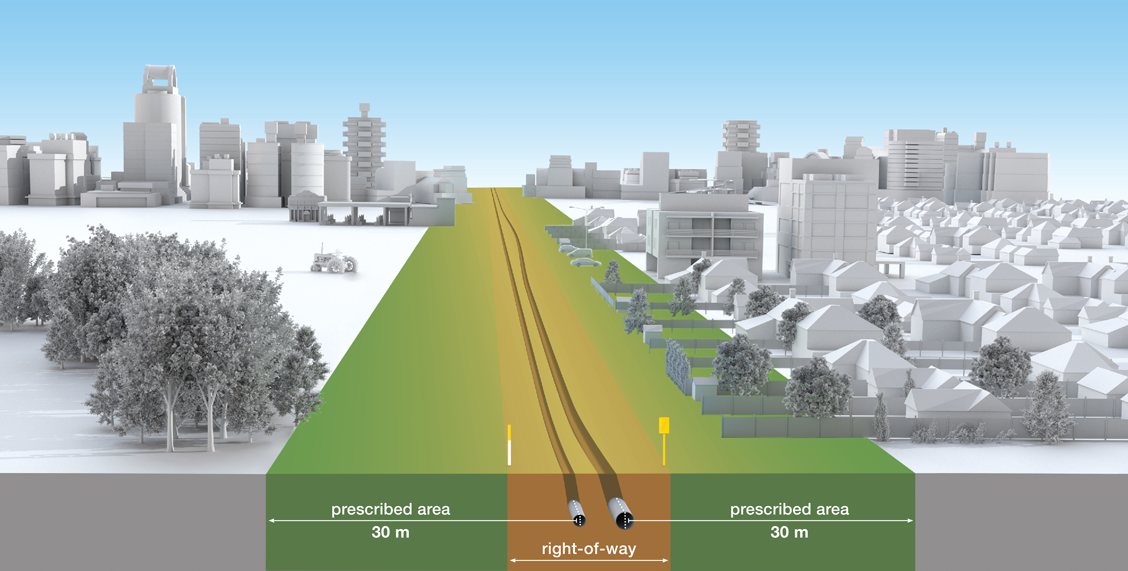
Prescribed Area Description
The prescribed area is a requirement in regulations prescribing an area for the purposes of safety and security. This area requires extra precaution, communication, and consent from the pipeline company for some activities.
It is measured 30 m outward on both sides from the centreline of the pipe. If there is more than one pipeline in the right-of-way, the prescribed area is measured from the outermost pipelines on each side.
Activities and equipment in the prescribed area are regulated for safety, and to prevent contact with and damage to the pipe.
Working within the prescribed area
You must get written consent from the pipeline company for:
- any activity that digs 30 cm or deeper within the prescribed area
- cultivation to a depth of 45 cm or deeper (examples this applies to are on the agriculture page)
The pipeline company has to make sure that the activities won’t damage the pipe. If the pipeline company consents to your activities, they must give you the information to do your activities safely. You need this information for your own safety, and the safety of the public and the environment.
Note: if the pipeline company does not consent to your activities, you can get help from the CER. For details, see agreeing to activities and costs.
Right-of-way description
The right-of-way is the strip of land for which a company has obtained the right to construct and operate a pipeline. The width of the right-of-way varies according to the size, routing and number of pipelines. The area of the right-of-way is usually smaller than the prescribed area.
Working within the right-of-way
When your activity is closer to the pipeline, there are more safety requirements. Within the right-of-way, you must get the pipeline company’s written consent before you dig or build anything, such as an outbuilding, fence, or even a sandbox.
You must get written consent from the pipeline company authorizing the following within the right-of-way:
- any activity that digs 30 cm or deeper (applies in the prescribed area as well as the ROW)
- cultivation to a depth of 45 cm or deeper (examples this applies to are on the agriculture page)
- building anything
- driving vehicles or mobile equipment off of a road way, over a pipeline
- placing or storing anything on the right-of-way, including a berm, wood pile, or a parked vehicle
More details about the prescribed area...
The depth of soil cover over the pipeline can be shallower in some places than others. This can be caused by issues like compaction, activities, soil removal, ground settling, wind erosion, and flooding.
Along with federally regulated pipelines, there may be facilities such as provincially and locally regulated pipelines and cables in your work area. These may include oil and gas field gathering pipes, gas distribution systems, fibre optic communications cables, water and sewer lines, and electrical cables. Know what's below. Contact Click Before You Dig.
See DPR – Authorizations, section 2.
Pipeline signs or markers are placed in visible locations along the right-of-way. They tell you a pipeline is in the area, but not its exact location.
For those living and working near pipelines
Know what’s below. In addition to federally regulated pipelines, there may be other provincially and locally regulated pipelines and cables in your area. These facilities may include oil and gas field gathering pipes, gas distribution systems, fibre-optic cables, water and sewer lines, and electrical cables.
Click more to see the steps to take before starting any activity that disturbs the soil 30 cm (12 in) or deeper below the surface.
Read more...
- Don’t just dig. Plan ahead. It takes time to locate the pipes and cables and to get written consent, if needed.
- Look for pipeline marker signs in your area, and check land records for easements.
- Contact Click Before You Dig or a one-call notification centre to locate underground pipes and cables. In the Territories, contact the pipeline company or utility owner directly. You may need to be on site when the technician comes.
- Get written consent from the pipeline company before any ground disturbance that is 30 cm (12 in) or deeper.
- You must give everyone the safety information they need: contractors, subcontractors, family members, volunteer helpers, and employees. To learn more, read Construction Near Pipelines.
For those living and working near pipelines
Know what’s below. In addition to federally regulated pipelines, there may be other provincially and locally regulated pipelines and cables in your area. These facilities may include oil and gas field gathering pipes, gas distribution systems, fibre-optic cables, water and sewer lines, and electrical cables.
Click more to see the steps to take before starting any activity that disturbs the soil 30 cm (12 in) or deeper below the surface.
Read more...
- Don’t just dig. Plan ahead. It takes time to locate the pipes and cables and to get written consent, if needed.
- Look for pipeline marker signs in your area, and check land records for easements.
- Contact Click Before You Dig or a one-call notification centre to locate underground pipes and cables. In the Territories, contact the pipeline company or utility owner directly. You may need to be on site when the technician comes.
- Get written consent from the pipeline company before any ground disturbance that is 30 cm (12 in) or deeper.
- You must give everyone the safety information they need: contractors, subcontractors, family members, volunteer helpers, and employees. To learn more, read Construction Near Pipelines.
Abandoned pipelines and damage prevention
When you are planning to work near an abandoned pipeline the rules are different from an operating pipeline. You should first reach out to the pipeline company to make sure that you have the information you need to do your project safely and that you don’t physically contact the abandoned pipe. Second, before starting your activity, section 101 of the Canadian Energy Regulator Act ("CER Act") requires you to have an authorization from the CER before contacting, altering or removing an abandoned pipeline.
You can reach the CER at:
- Email: info@cer-rec.gc.ca
Telephone: (403) 292-4800
Telephone (toll free): 1 (800) 899-1265
The abandoned pipeline may be in the prescribed area of an operating pipeline and there may be other buried infrastructure nearby, so you must still contact the one call centre to make a locate request at least 3 working days before you plan to dig.
The CER holds companies responsible for ensuring that they abandon their pipelines in a safe manner and will take all available actions to protect Canadians and the environment. A company must demonstrate to the Commission that it will abandon the pipeline in a way that protects the environment and the public and that the company will anticipate, prevent, manage and mitigate any potentially dangerous conditions associated with its pipeline.
Read more...
Abandoned facilities
- 101(1) A person must not make contact with, alter or remove an abandoned facility unless they are authorized to do so in an order made under subsection (2).
- Order
- (2) A designated officer may make an order, subject to any conditions that the designated officer considers appropriate, authorizing a person to make contact with, alter or remove an abandoned facility.
- Exceptions
- (3) The Regulator may make regulations respecting the circumstances in which or conditions und er which an order under subsection (2) is not necessary and the Commission may make orders respecting the circumstances in which or conditions under which an order under subsection (2) is not necessary.
Related publications, regulations, and guidance
Pipeline Damage Prevention Regulations – What You Need to Know
Living and Working Near Pipelines
Guidance Notes – Regulations for Pipeline Damage Prevention
Damage prevention resources
Organizations across Canada have joined to help you plan your work safely. Click any of the logos below to visit their sites and find out how they can help you.
Contact damage prevention
If you have questions or would like to provide feedback on the regulations or guidance for pipeline damage prevention, please contact us at DPinfo@cer-rec.gc.ca. When communicating with CER employees, you are encouraged to use the official language of your choice.
- Date modified:


